Imagine trying to build a house without knowing the cost of materials or labor, pretty daunting, right? That’s why budgeting is crucial, and bottom up budgeting is one powerful approach that keeps it real. This method involves grassroots participation in financial planning, ensuring every detail is accounted for. By the end of this guide, you’ll not only understand bottom up budgeting but also how to harness its benefits while side-stepping potential pitfalls. Let’s jump into the nuances of this budgeting technique with a light heart and an eager mind.
Table of Contents
ToggleWhat Is Bottom Up Budgeting?

Bottom up budgeting is a method where individual departments or teams contribute their financial needs and cost projections to the overall budget. Essentially, it’s like each department creates its own mini-budget and submits it for approval, resulting in a collective budget that reflects the real operational needs of the organization. This approach contrasts with top down budgeting, where senior management dictates spending limits and allocations without much input from those on the ground. Think of it as a grassroots movement in the financial world: the people closest to the action provide insights that are often far more accurate and relevant than those decided by a few executives in a conference room.
The key here is collaboration. Each team outlines what they need based on anticipated spending, personnel costs, and project expenses. By gathering these inputs, the organization creates a budget that is detailed, grounded in reality, and often more realistic than its top-down counterpart.
Benefits of Bottom Up Budgeting
Adopting bottom up budgeting comes with a treasure trove of benefits.
Enhanced Accuracy
Since budgets are crafted from the ground up, they tend to be more precise. Teams know their projects inside and out, so the chances of underestimating costs diminish.
Higher Engagement
When employees are involved in the budgeting process, they feel valued. This buy-in often leads to increased motivation and accountability as team members see their suggestions reflected in the final budget.
Greater Flexibility
Bottom up budgeting encourages adaptability. If a project requires more funds due to unforeseen circumstances, it’s easier for departments to advocate for those additional resources when they’re the ones who provided the initial proposals.
Improved Communication
This method fosters open communication between departments and upper management. Regular discussions about financial needs create transparency, reducing misalignment and potential conflicts down the line.
Summarizing, bottom up budgeting not only improves the budget’s accuracy but also fortifies team spirit, this method can do wonders for overall morale.
How to Implement Bottom Up Budgeting
Implementing bottom up budgeting requires a few deliberate steps to ensure its success:
- Gather Input: Start by assembling input from all departments. Distribute templates that guide teams to articulate their financial needs clearly, including project costs, resource allocations, and anticipated revenues.
- Consolidate Proposals: Once you gather the individual budget requests, the next step is to consolidate these proposals into a coherent budget draft. It’s essential to review and adjust these proposals based on organizational priorities and available funds.
- Review and Negotiate: After consolidating, present the draft budget for review. This is the time for negotiation, department heads might need to justify their requests, and adjustments may need to be made.
- Finalize and Obtain Approval: Once the negotiations reach a satisfying conclusion, the final budget should be presented to upper management for approval. It’s crucial to show how each piece of the budget aligns with the organization’s overarching goals.
- Monitor and Adjust: Bottom up budgeting is not a one-time effort. Regularly monitor budget performance against actual expenditures, and make adjustments as needed throughout the budget cycle.
By following these steps, organizations can successfully carry out bottom up budgeting, a dynamic process that works in tandem with organizational goals.
Challenges of Bottom Up Budgeting
While bottom up budgeting could be a golden ticket, it’s not without its hurdles.
Time-Consuming Process
Collecting and reviewing inputs from various departments can be a lengthy process. Organizations should brace themselves for the time required to gather, negotiate, and finalize budgets, especially when multiple departments are involved.
Potential for Over-Inflated Budgets
When giving departments autonomy to request what they think they need, there might be a tendency to inflate numbers to safeguard against budget cuts in the future. This can lead to an overall budget that doesn’t accurately reflect real needs, it’s a tricky balancing act to avoid.
Difficulty in Alignment
Ensuring that individual budgets align with the organization’s overall goals can be challenging. If departments don’t fully understand the organization’s priorities, they may propose budgets that don’t fit well with broader objectives.
Best Practices for Successful Bottom Up Budgeting
Adopting bottom up budgeting can be a game changer, but organizations must exercise caution. Here are key best practices:
- Foster a Culture of Communication: Encouraging open lines of communication ensures that everyone on the team understands the budgeting approach and feels comfortable expressing their needs.
- Provide Training: Equip teams with the necessary skills to prepare their budgets accurately. This training can cover financial planning basics, which empowers them to make informed requests.
- Set Clear Guidelines: Establish parameters for budget requests. Provide teams with clear instructions on how to present their expenditures accurately to avoid inflated budgets.
- Encourage Collaboration: Encourage departments to communicate and collaborate on their budgets. This can promote synergy and ensure departmental proposals align with those from other areas.
- Use Technology: Leverage budgeting software to streamline data collection and analysis. Technology can reduce errors and simplify the process, making life easier for all involved.
Comparing Bottom Up and Top Down Budgeting
Understanding the distinctions between bottom up and top down budgeting can highlight why one might be favored over the other in certain contexts.
Approach:
- Bottom Up: Engages team members in budget creation, focusing on operational needs. This method often results in budgets that align closely with everyday realities of departments.
- Top Down: Senior management dictates budget limits and allocations, which can result in a lack of detail and potential mismatch with ground realities.
Flexibility:
- Bottom Up: Allows for more adaptive approaches as needs change throughout the budget cycle. Teams can advocate for adjustments based on evolving project requirements.
- Top Down: Generally has less room for adjustments once the budget is set, since it originates from higher-level management.
Ownership and Accountability:
- Bottom Up: Fosters ownership among employees as they participate in the budgeting process. This usually results in higher engagement and accountability.
- Top Down: Can create a disconnect if employees feel their input is not valued, leading to resistance or low morale.
Each approach has its merits, and organizations must consider their culture, objectives, and operational dynamics when deciding which method to adopt.





